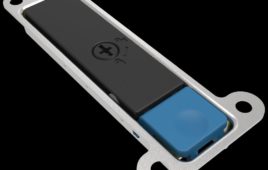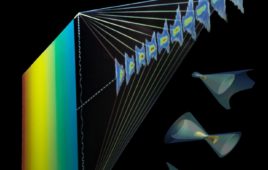The spectrum crunch is on, and while carriers wait on the FCC to free up more airwaves, pressure is mounting to eek the most they can out of what they already have. But just how are they doing it?
At the Competitive Carriers Association’s Mobile Carriers Show on Thursday, experts from Ericsson, Nokia, and T-Mobile shared the latest and greatest tech being used to maximize spectrum efficiency.
Of course, T-Mobile’s Director of Spectrum Policy John Hunter noted the work the Un-carrier has been doing with the rollout of technologies like 4×4 MIMO, carrier aggregation, and 256-QAM. The former, he said, has brought not only an improvement in coverage, but also a 35 percent overall gain in capacity and 30-50 percent improvement at the cell edge.
Ericsson North America’s VP and Head of Strategy Arun Bhikshesvaran said higher order modulation like 256-QAM as well as 4×4 MIMO and carrier aggregation are definitely going to be the first tools rolled out. After that, he said multi-user MIMO will be next, followed by larger antenna arrays.
Nokia’s Senior Consulting Engineer Dave Fritz also highlighted a number of technologies coming down the pipe. Those, he said, include enhanced beamforming, lean carrier, enhanced inter-cell cancellation, and dynamic TDD in small cells. Technologies such as these have the potential to bring gains of 0-60 percent, more than 20 percent, more than 20 percent, and more than 30 percent, respectively, Fritz said.
Additionally, Fritz noted 3GPP is exploring the possibility of changing waveforms to go away from OFDM and find something more efficient, and is also looking at more commonly heard-of technologies like massive MIMO.
Looking ahead, Hunter said T-Mobile is also eager to reap the benefits of unlicensed spectrum with technologies like LTE-U and LAA. However, he noted the FCC’s recent order to open up millimeter wave spectrum disproportionately opened up spectrum for unlicensed use. While that’s great, Hunter said, carriers will still need an anchor in licensed spectrum to ensure dedicated channels for reliability.
Filed Under: Telecommunications (spectrums)




